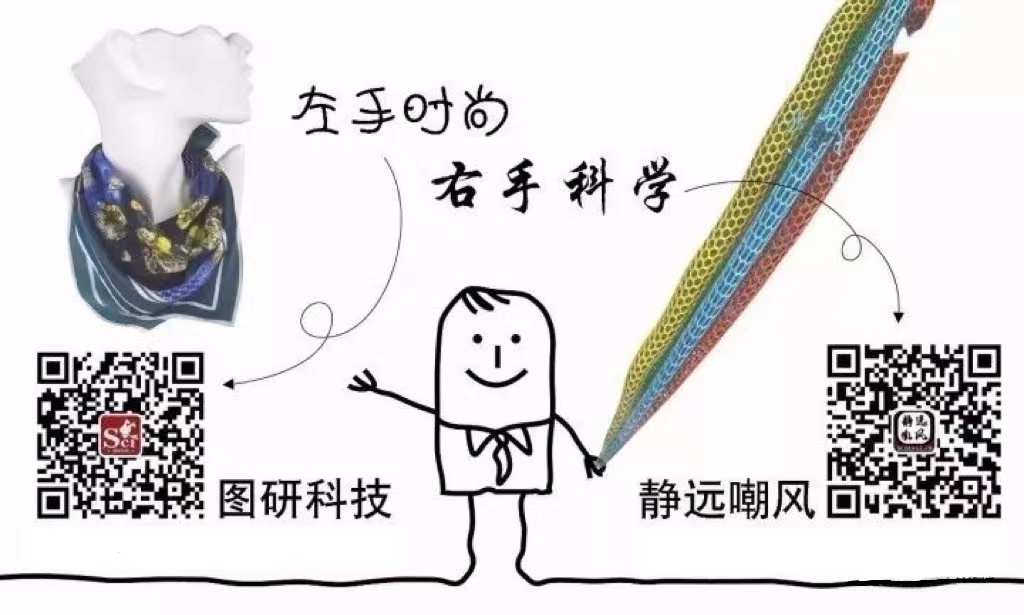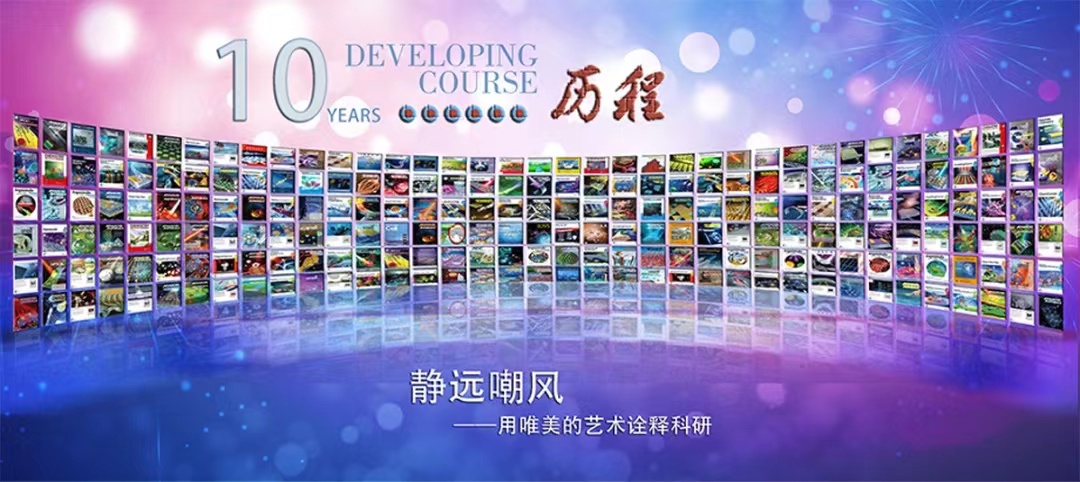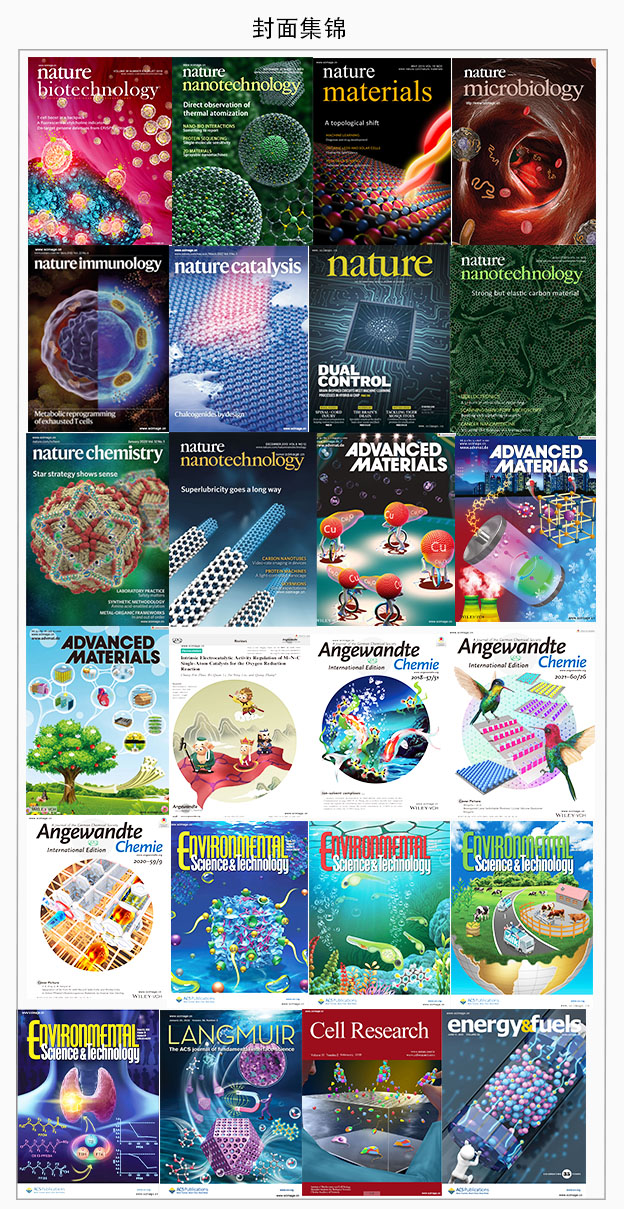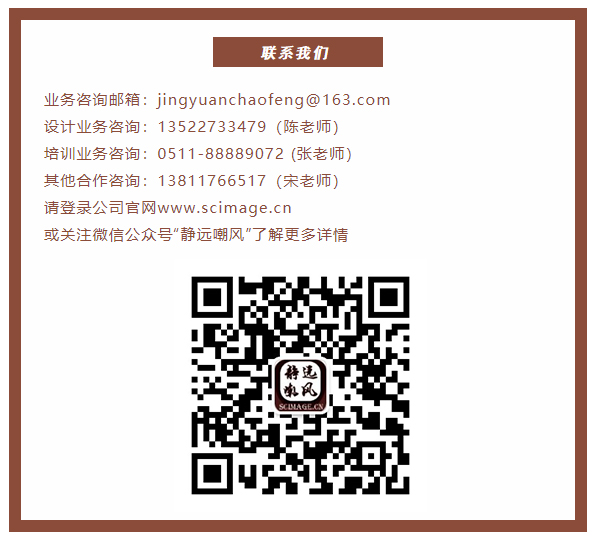博文
2013年静远嘲风封面合集(三)
||

▲ Vol 01 Issue 07 | February 21, 2013
Fabrication of high tap density LiFe0.6Mn0.4PO4/C microspheres by a double carbon coating–spray drying method for high rate lithium ion batteries
Wen Liu, Ping Gao, Yingying Mi, Jitao Chen, Henghui Zhou and Xinxiang Zhang
Spherical LiFe0.6Mn0.4PO4/C particles with high tap density were successfully synthesized by sintering spherical precursor powders prepared by a modified spray drying method with a double carbon coating process. The obtained secondary spheres were made of carbon-coated nanocrystallines (~100 nm), exhibiting a high tap density of 1.4 g cm−3. The LiFe0.6Mn0.4PO4/C microspheres had a reversible capacity of 160.2 mAh g−1 at 0.1C, and a volume energy density of 801.5 Wh L−1 which is nearly 1.4 times that of their nano-sized counterparts. This spherical material showed remarkable rate capability by maintaining 106.3 mAh g−1 at 20C, as well as excellent cycleablity with 98.9% capacity retention after 100 cycles at 2C and 200 cycles at 5C. The excellent electrochemical performance and processability of the LiFe0.6Mn0.4PO4/C microspheres make them very attractive as cathode materials for use in high rate battery application.
http://pubs.rsc.org/en/content/articlelanding/2013/ta/c2ta00939k#!divAbstract

▲ Vol 01 Issue 06 | February 14, 2013
PEGylated reduced graphene oxide as a superior ssRNA delivery system
Liming Zhang,abc Zunliang Wang,b Zhuoxuan Lu,bc He Shen, Jie Huang, Qinghuan Zhao, Min Liu, Nongyue He and Zhijun Zhang
Single stranded ribonucleic acid (ssRNA) acts as a probe, antisense (AS), miRNA analog and inhibitor, and is promising for gene therapy and molecular diagnosis. However, free ssRNA exhibits poor cellular uptake due to its negative charges, and enzyme instability, which have largely limited the practical applications of ssRNA in biomedicine. To address these issues, we have developed a PEGylated reduced graphene oxide (PEG–RGO) nanovector for efficient delivery of ssRNA. We have demonstrated that PEG–RGO exhibits superior ssRNA loading and delivery capability, compared to the widely studied PEGylated graphene oxide (PEG–GO). Computational simulation further suggested that PEG–RGO binds ssRNA much stronger than PEG–GO, consistent with the experimental results. These results will have implications in designing RGO-based biocompatible and efficient ssRNA delivery systems.
http://pubs.rsc.org/en/content/articlelanding/2013/tb/c2tb00096b#!divAbstract

▲ Vol 138 Issue 02 | January 21, 2013
Liposomes in biosensors
Qingtao Liu and Ben J. Boyd
Liposomes have been widely applied as carriers of molecules in the fields of nanodevices, drug delivery and gene delivery, as well as a mimic for cell membranes. In the biosensor field, liposomes find special application in signal amplification, due to their excellent carrier properties for encapsulation of signal marker compounds across a wide spectrum of sensing modalities. Additionally, the ability to modify the liposome surface structure to perform recognition functions with a wide range of types of analytes is an important aspect of their use in bioanalysis. This article provides an extensive review of the utility of liposomes in the fields of biosensor and bioanalysis with a focus on these two aspects. The aspects related to the translation of liposomes into commercially viable devices for biosensing are also discussed, and the hurdles to more widespread deployment in point of care systems are addressed.
http://pubs.rsc.org/en/content/articlelanding/2013/an/c2an36140j#!divAbstract

▲ Vol 49 Issue 23 | March 21, 2013
Photo-induced current amplification in L-histidine modified nanochannels based on a highly charged photoacid in solution
Minghui Zhang, Zheyi Meng, Jin Zhai and Lei Jiang
By UV light irradiation, we can adjust the charge of bistable photoacid molecules reversibly, so that photo-induced current amplification can be obtained, which offers a way to control nanochannels by turning the UV light on and off, alternately.
http://pubs.rsc.org/en/content/articlelanding/2013/cc/c2cc38405a#!divAbstract

▲ Vol 09 Issue 08 | April 22, 2013
Free Radicals: Free Radical Reactions in Two Dimensions: A Case Study on Photochlorination of Graphene (Small 8/2013)
Lin Zhou,Lushan Zhou,Mingmei Yang,Di Wu,Lei Liao,Kai Yan,Qin Xie,Zhirong Liu,Hailin Peng,Zhongfan Liu
Graphene is a 2D giant polycyclic aromatic molecule that provides opportunities for studying chemical reactions in two dimensions. H. Peng, Z. Liu, and co-workers have systematically investigated the influence of specific features of 2D molecules, such as their thickness, stacking order, single- and double-side upon graphene's radical reactivity by utilizing a free radical photochlorination as a probe. The result, described on page 1388, can contribute to a deeper understanding of dimensionality effects for the chemistry of 2D graphene.
http://onlinelibrary.wiley.com/doi/10.1002/smll.201370051/full

▲ Vol 25 Issue 16 | April 24, 2013
Sensors: Gas Dielectric Transistor of CuPc Single Crystalline Nanowire for SO2 Detection Down to Sub-ppm Levels at Room Temperature (Adv. Mater. 16/2013)
Talgar Shaymurat,Qingxin Tang,Yanhong Tong,Lin Dong,Yichun Liu
A suspended semiconductor nanowire, which exhibits high sensitivity to SO2 (119% in 0.5 ppm) at room temperature, is reported by Yichun Liu, Qingxin Tang and co-workers on page 2269. This configuration allows the detected gas to make direct contact with the semiconductor/dielectric interface where the charge transport takes place. The back cover shows the adsorption of SO2 at the bottom of the transparent nanowire, allowing high-sensitivity room-temperature SO2 detection.
https://onlinelibrary.wiley.com/doi/10.1002/adma.201370102

▲ Vol 25 Issue 10 | March 13, 2013
Organic Electronics: Ultrathin Film Organic Transistors: Precise Control of Semiconductor Thickness via Spin-Coating (Adv. Mater. 10/2013)
Fengjiao Zhang,Chong-an Di,Nikolai Berdunov,Yuanyuan Hu,Yunbin Hu,Xike Gao,Qing Meng,Henning Sirringhaus,Daoben Zhu
Building ultrathin-film organic transistors via spin-coating is a challenge in comparison to the construction of typical thin-film devices. Daoben Zhu and co-workers demonstrate on p. 1401 a simple spin-coating technique to fabricate several kinds of few layer films towards ultrathin film transistors with a variety of applications. Fabrication of ultrathin film organic transistors might be an achieve project in the future.
https://onlinelibrary.wiley.com/doi/10.1002/adma.201370062

▲ Vol 49 Issue 20 | March 11, 2013
A diketopyrrolopyrrole–thiazolothiazole copolymer for high performance organic field-effect transistors
Cheng Cheng, Chunmeng Yu, Yunlong Guo, Huajie Chen, Yu Fang, Gui Yu and Yunqi Liu
A diketopyrrolopyrrole–thiazolothiazole copolymer with a short π–π stacking distance (3.52 Å), due to the introduction of heteroaromatic rings, exhibits a high charge mobility above 3.40 cm2 V−1 s−1 at a relatively gentle annealing temperature.
http://pubs.rsc.org/en/content/articlelanding/2013/cc/c2cc38811a#!divAbstract

▲ Vol 25 Issue 25 | July 05, 2013
Biosensors: Single-Molecule Electrical Biosensors Based on Single-Walled Carbon Nanotubes (Adv. Mater. 25/2013)
Xuefeng Guo
The Review by Xuefeng Guo on page 3397 highlights recent progress in the burgeoning field of single-molecule electrical biosensors based on single-walled carbon nanotubes, focusing on the molecular structures, interacting dynamics and molecular functions. Perspectives and key issues critical to the success of next-generation singlemolecule biosensors are discussed in terms of practical applications, such as the device reproducibility, system integration and theoretical simulation.
https://onlinelibrary.wiley.com/doi/10.1002/adma.201370162

▲ Vol 25 Issue 28 | July 26, 2013
NCNST 10th Anniversary: (Adv. Mater. 28/2013)
the National Center for Nanosciences and Technology of China
In the true spirit of its collaborative founding by three Chinese universities, the National Center for Nanosciences and Technology of China this year celebrates its 10th anniversary with two special issues guest-edited by Professor Yuliang Zhao: one in Advanced Materials (Issue 28/2013) and one inSmall (Issue 14/2013). The enormous potential of nanotechnology drives the NCNST's program to strategically enhance basic and applied research, increase creative ability, and to foster a creative system for scientific and technological progress in China. Front cover courtesy of Xiaohui Qiu and co-workers.
https://onlinelibrary.wiley.com/doi/10.1002/adma.201370179
<静远嘲风动漫传媒科技中心>设计制作

购书链接:
☆科学的颜值:学术期刊封面故事及图像设计
https://item.jd.com/12802188.html
☆科技绘图/科研论文图/论文配图设计与创作自学手册:CorelDRAW篇
https://item.jd.com/13504674.html
☆科技绘图/科研论文图/论文配图设计与创作自学手册:Maya+PSP篇
https://item.jd.com/13504686.html
☆科技绘图/科研论文图/论文配图设计与创作自学手册:科研动画篇
https://item.jd.com/13048467.html#crumb-wrap


静远嘲风(MY Scimage) 成立于2007年,嘲风取自中国传统文化中龙生九子,子子不同的传说,嘲风为守护屋脊之瑞兽,喜登高望远;静远取自成语“宁静致远”,登高莫忘初心,远观而不可务远。



https://m.sciencenet.cn/blog-519111-1363159.html
上一篇:掉秤又健康的蔬菜沙拉,你心动了吗?
下一篇:摘要图和封面之间相差一个“化妆术”